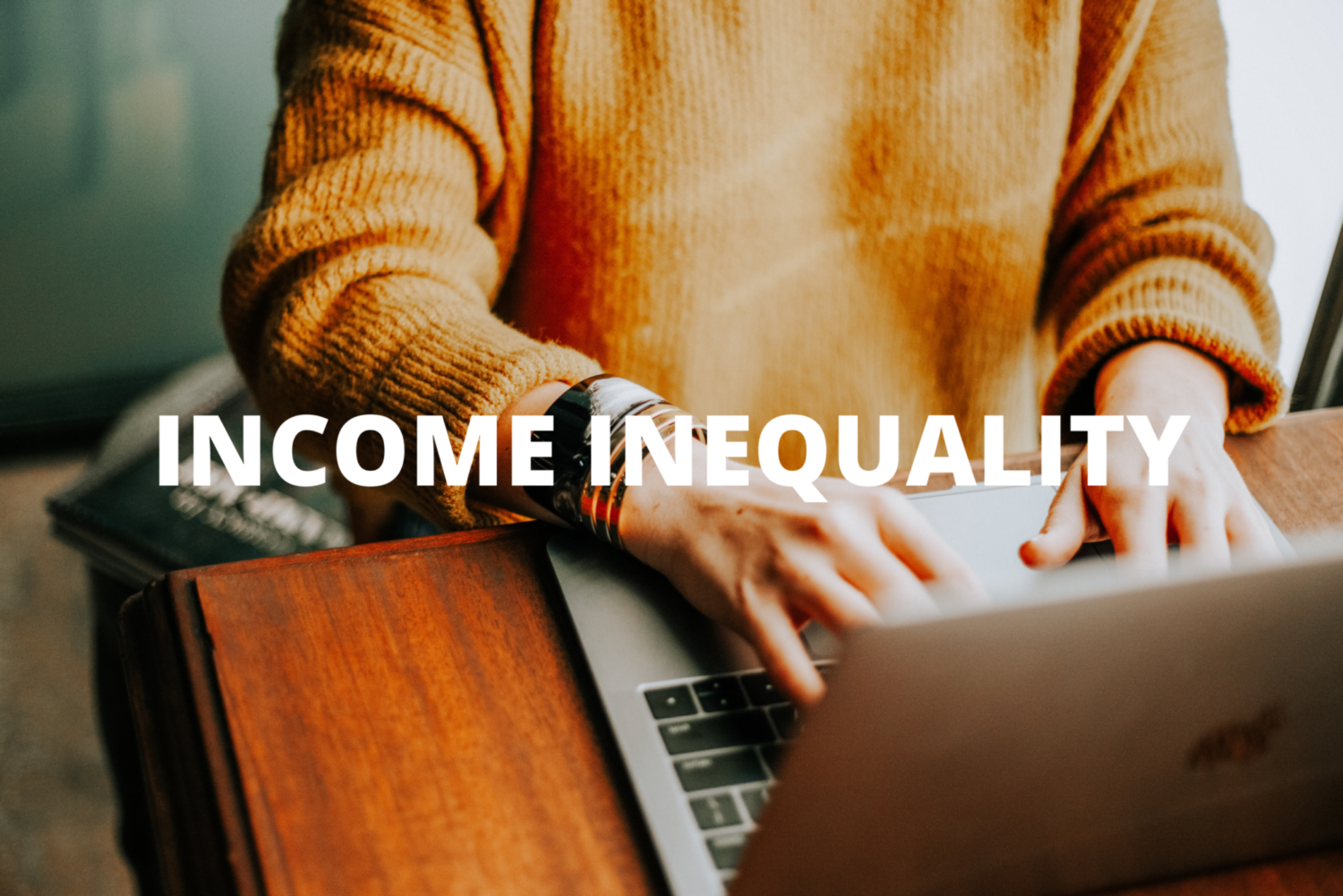The earliest recorded strike in the US occurred in 1768.
The first labor union, otherwise known as Federal Society of Journeymen Cordwainers (shoemakers), in Philadelphia was formed in 1794. Labor unions have been a familiar concept to Americans for centuries and their existence prevails today. As such, many Americans are likely aware, to a certain extent, of the presence and purpose of labor unions currently within the US. However, many are not aware of the true historical impact labor unions have had on the working environment and income inequality in the US.
What are Labor Unions?
Labor unions are associations of working individuals formed to protect the rights of workers and advance their interests. Labor unions are specific to industries and work like a democracy. They use collective bargaining to negotiate with employers and the resulting union contract usually specifies workers’ pay, hours, benefits and job health and safety policies.
As a result of unionization, workers can achieve improved wages, hours, working conditions, health benefits and aid for workers who have retired or been injured. The establishment of labor unions was instrumental to ending child labor in the US.
Labor unions hold much weight within US politics, economics and culture, with national organized labor groups influencing federal legislation, such as the creation of the U.S. Department of Labor and civil rights legislation.
Unions have been affected by the injustices and prejudices of the past; discrimination was common in unions until after WWII. This kept Blacks, women and immigrants out of higher-skilled and higher-paid jobs. Today, labor union members are much more diverse, including more female and Black workers than ever before.
Unions’ Effects on Wage Inequality
On average, a worker covered by a union contract earns 13.2 percent more than a nonunion peer of similar status and specifications. That is not to say, however, that nonunion workers gain nothing from collective bargaining agreements made by unions. Unions also have strong overarching positive effects on the wages of both union workers’ and comparable nonunion workers because they can set standards for entire industries and occupations. Unions have been historically more likely to bargain for middle-wage workers rather than high-wage. This makes wages among occupations increasingly equal because a larger boost is given more often to low and middle-wage occupations.
Not only this, labor unions help shrink racial wage gaps—in particular, the Black-white wage gap. This is because, on average, Black workers are more likely than white workers to be represented by a union and Black union workers get a larger wage boost from being a part of a union than white workers do.
Union wage boost is more substantial for low and middle-wage workers than at the highest wage levels, for Black and Hispanic workers than for white workers, and for those with lower levels of education. Wage increases for these groups help narrow wage inequalities between these racial, economic, and socio-economic groups.
What a Decline in the Number of Unions Means
In 1983, unions represented about one out of five workers– today, it’s one in 10 workers, a dramatic drop in union membership over time. And while the number of total union members (14.6 million) is relatively unchanged from 2018, with the job market evolving and growing as union workers retire or leave the workforce, the number of union workers added has not been enough to make up for the changes.
Income inequality levels—which increased dramatically after the late 1970s—inversely follow the rise and fall of unionization in the United States; as labor unions declined in number and power, income inequality has risen. Income inequality in the United States is now as extreme as it was in the 1920s. If unions are weakened further, the gulf between rich and poor will continue to widen.
What Can WE Do?
Research. Younger generations are less exposed to the concept of labor unions (I know I was as well) and are unaware of the potential advantages they offer. While labor unions are not the sole answer, their connection to income inequality should not be ignored. If we want to close gaps in income inequality, exposure and knowledge is key and labor unions are a good place to start learning. In today’s working climate, labor unions are valuable resources.
- How Does Globalization Affect Income Inequality in the US? - September 27, 2021
- How a Decline in Unions Contributes to Income Inequality - September 23, 2021
- The Big Three: Exploring Wage Gaps in the US - September 13, 2021
